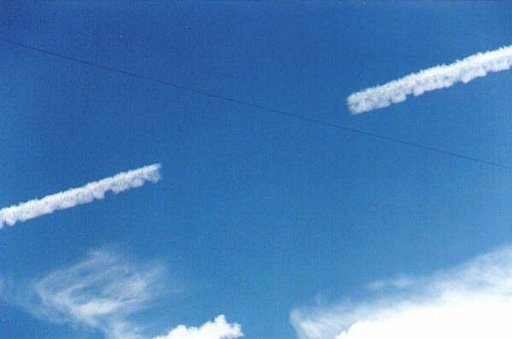Exactly. Lee, do you have to waste everyones time with your semantic games and circular postings, where you often have no idea what you are talking about.
You could have just easily came up with a hypothesis, that particulate soot in jet exhaust is a major factor in contrails, and that additional particles could increase that - which is exactly where you trying to lead us. However, if you had done your own research, you would have realized that the older jet turbines made much more soot than newer jet turbines, yet newer jet turbines are more prone to make contrails.
So when that is pointed you, you leave that behind and then try to jump on a perceived error regarding jet engine temps. You have read about cooler exhaust, and when I point out that newer jet turbines burn hotter, you have a "Ah-ha" moment, like you have got us now. Only problem is that the typical chemmie ignorance of all things aviation, yet again rears its head. On high bypass turbofan engines, often most of the flow from the jet is "bypass" air, only a smaller portion is actual jet turbine core exhaust.
You were wrong with your trying to lead us down some path of particulate matter being behind contrail persistence, and you were wrong regarding jet turbine temperatures too.
And you wasted a lot of peoples time in doing so. You would do a lot better if you just made a hypothesis with some supporting points, or even god forbid, actually ask a question where you are trying to learn something, rather than trying to ask a question as some semantic game.

